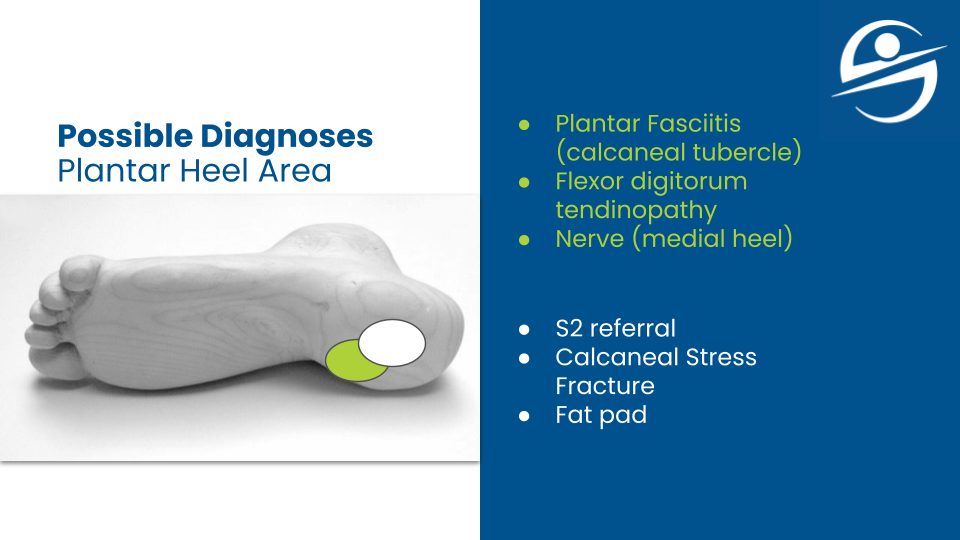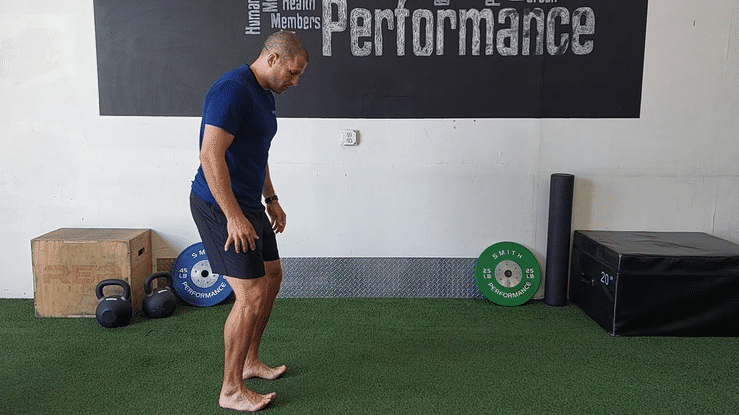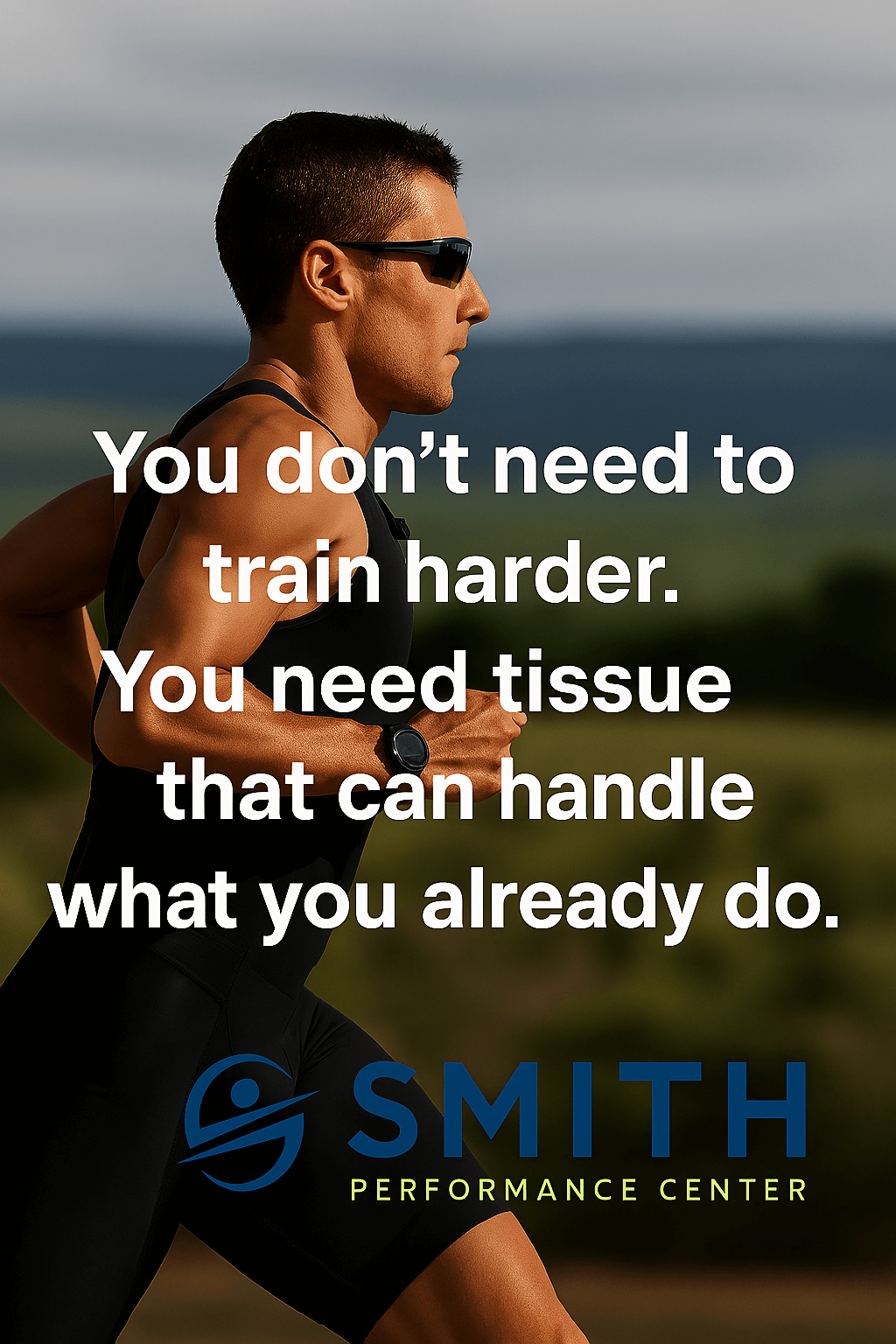Why the Phase of Pain Matters
Foot pain while walking is one of the most common reasons people seek physical therapy. Understanding when and where it hurts can reveal the true cause.
Its actually diagnostic.
(If you want to read more about how we think about diagnostics, read How to Find the Real Cause of Pain: Our 4-Pillar Diagnosis Process).
This means we can figure out the pain generator. That is a large list. It can be the fat pad, your fascia (the most common, incorrect diagnosis), plantar intrinsics (muscles on the bottom of the foot which is primarily the flexor digitorum brevis, abductor hallucis, and abductor digiti minimi), the flexor hallucis longus, the tibial nerve, the medial or lateral plantar nerve, the calcaneus, the talus, the bones of the midfoot and forefoot, the foot and ankle joints, ligaments, the hallux (big toe), or the little toes. It does not include referral into the foot from your low back or hip.
With the foot, we know when the different structures that can cause pain are loaded during walking and we know that the location of pain is likely where the pain generator resides because of the higher receptor field density (more sensory nerves that provide information to our nervous system).
Human beings have evolved a complex system of control and anatomical adaptations to walking that work together to allow for smooth walking.
The low back has 5 vertebrae so we can keep our center of mass over our base of support. The knee flexes and extends to allow for a pendulum effect to conserve energy. The foot acts like a spring that loads and releases, over and over. If you don’t have an injury, orthopedic, or neurological condition, you will hit the heel first and flow through a series of movements that require no thought on your part, but reduce breaking impulses while allowing for forward movement. You don’t appreciate this until you wear ski boots and try to walk.
The series of movements at the foot and ankle are collectively called the functional rockers.
If we want to know what is causing your pain, we can use the functional rockers and the location of the pain to diagnose the problem.
Understanding the Four Rockers of Walking
Walking gait can be split up into 3 phases (stance, swing, and double limb support) along with 8 intervals (initial contact, loading response, midstance, terminal stance, pre swing, initial swing, mid swing, and terminal swing).
We are going to focus on the key features of the four rockers.
You have four functional rockers (Perry 2010):
- Heel Rocker – from when the heel hits the ground to when the whole foot goes flat. It spans Initial Contact through Loading Response.
- Ankle Rocker -from the moment the heel is flat until the heel is about to lift from the ground. This occurs during Midstance
- Forefoot Rocker – from heel lift till the opposite foot hits the ground. This occurs during Terminal Stance.
- Toe Rocker – from initial contact on the other foot till the toe is cleared from the ground. This is during Pre Swing.
The Four Rockers of Walking
To help diagnose foot pain while walking, we determine which rocker is painful and where it occurs.
If the pain is constant, this will not help and the exam will be critical.
Heel Rocker Pain
If you feel the pain right when your heel hits the ground to the foot going flat, then we have an issue with the heel rocker.
When this hurts, the problem can be your fat pad, calcaneus, talus, talocrucal joint, or subtalar joint. A similar test is a heel strike test that can be performed when the patient is lying flat on their back. While is typically used for stress fracture testing, it can also be painful for the joints.
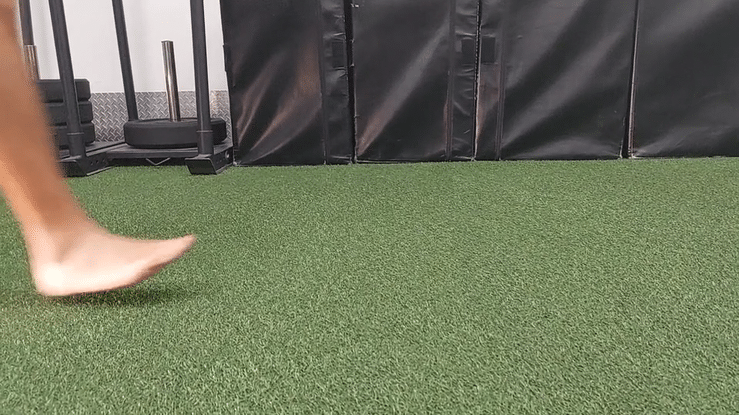
| Suspected Pain Generator | Location |
| Fat Pad | Bottom of the heel |
| Calcaneus | Bottom of the heel, outside or inside aspect of the heel |
| Talus | The front of the ankle where the lower leg meets the foot |
| Talocrural Joint | The front of the ankle where the lower leg meets the foot |
| Subtalar Joint | Inside aspect of the ankle |
You can eliminate heel rocker by landing with your foot flat.
The pain should be gone or greatly diminished with this change to walking.
Ankle Rocker Pain
For ankle rocker, the foot is in full contact from the ground with the body weight pressing down.
This fixes the foot in place. The lower leg moves over the fixed foot through the ankle joint. We are dealing with your whole body weight on the foot at this point.The location of pain is critical as most injuries will be painful during ankle rocker. Any structure that supports the foot and lower leg and absorbs force can be causing your pain, including muscles, tendons, joints, and bones.
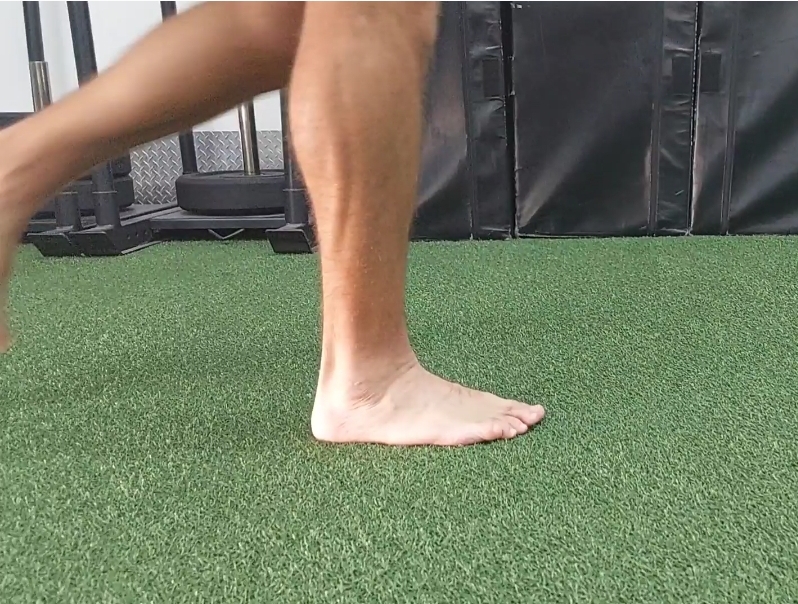
If anything is limiting your ankle motion, then it will feel like you get stopped when you have pain. This pain will be noted more around the ankle joint, not the inside aspect of the ankle or bottom of the foot.
If you feel it on the bottom near the heel or the middle of the foot, we are thinking about small muscles on the bottom of your foot called plantar intrinsics. We are not thinking of plantar fascia as it is not loaded until the toe is moved into dorsiflexion.
(If you have heel pain with pain during ankle rocker and told it is plantar fasciitis, check out our article 7 Signs Your Heel Pain Is Not Coming From Your Plantar Fascia)
| Suspected Pain Generator | Location |
| Talus | The front of the ankle where the lower leg meets the foot |
| Talocrural Joint | The front of the ankle where the lower leg meets the foot |
| Subtalar Joint | Inside aspect of the ankle |
| Posterior Tibialis Tendon | Inside aspect of the ankle |
| Abductor Hallucis | Medial aspect of the arch and the medial heel |
| Flexor Digitorum Brevis | The base the heel into the middle of the bottom side of the foot. |
| Abductor Digiti Minimi | The base of the heel to the outside aspect of the bottom of the foot |
| Peroneus Longus | The outside aspect of the ankle |
Forefoot Rocker Pain
Forefoot rocker is a key to a longer stride.
When someone is missing calf strength or has pain during forefoot rocker, the heel does not rise. It will look like the person is taking short steps. This happens because forefoot stiffens to become an effective lever to load the entire weight of the body. There is tremendous stress into the metatarsals and the midfoot joints. The metatarsals are the long bones that connect to the toes and can normally handle these bending stresses without a problem.
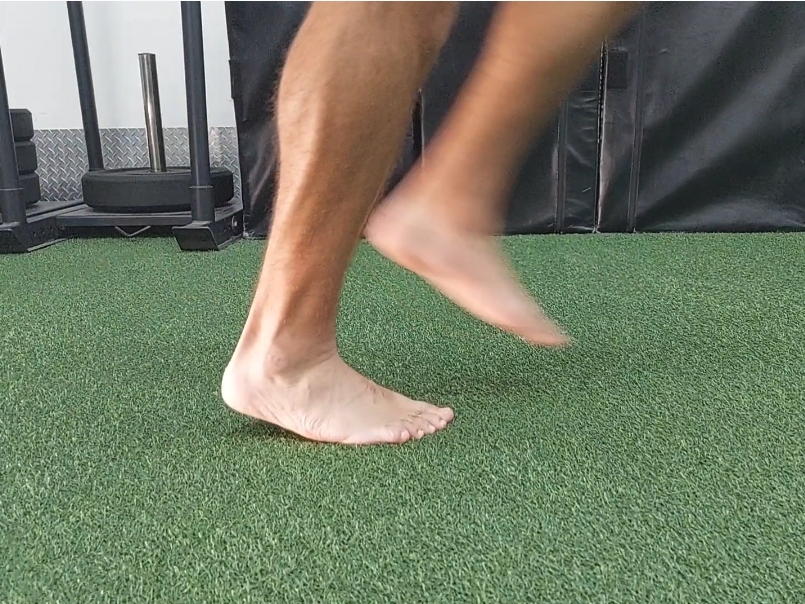
You can remove forefoot rocker by walking only on your heels. If the pain is resolved, this is likely the painful rocker.
| Suspected Pain Generator | Location |
| Midfoot joint | The top of the midfoot and forefoot |
| Metatarsals | The top of the long bones in the foot that connect to the toes |
| Flexor Hallucis Longus | Bottom of the foot under the big toe |
| Posterior Tibialis Tendon | Inside aspect of the ankle |
| Achilles Tendon | The back of the ankle where the calf muscles are attached to the heel |
Toe Rocker Pain
Toe rocker is the first time we see significant motion at the toe.
When the swing leg hits the ground, we see the knee bends and your toes dorsiflex on the stance leg. The toe moves to about 65 degrees of dorsiflexion. The plantar fascia engages via the windlass mechanism. If the toe has limited motion, then this can make it very painful. Often there is a sharp pain. Exercises like plank and lunges that require the same amount of toe motion will be painful.
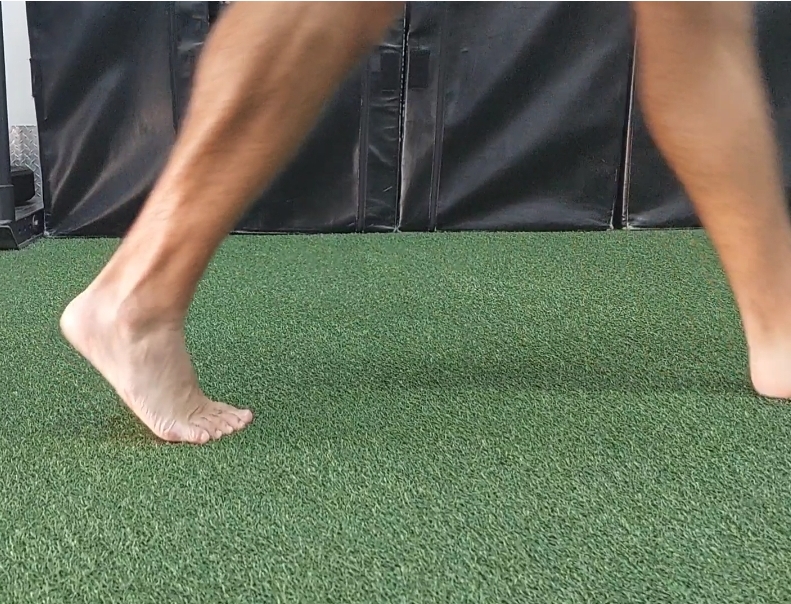
You can remove toe rocker by significantly rotating the legs outward so the big toe is not loaded.
| Suspected Pain Generator | Location |
| Toe Joint | Top of the foot over the painful toe |
| Flexor Hallucis Longus | Bottom of the foot under the big toe |
| Plantar Fascia | Bottom of the foot at the heel |
Figuring Out the Cause
For many people with foot pain while walking, pinpointing the painful rocker is the fastest way to reach a diagnosis. Our team will determine the rocker that is painful and support the functional rocker with artificial stabilization during our diagnostic and home plan phase. When we fully reduce the pain, we know that a significant focus of care will be normalizing the movement.
When to Get Evaluated
If walking pain is affecting your daily movement or training, our team at Smith Performance Center in Tucson can identify which rocker is painful and help you restore normal gait.

